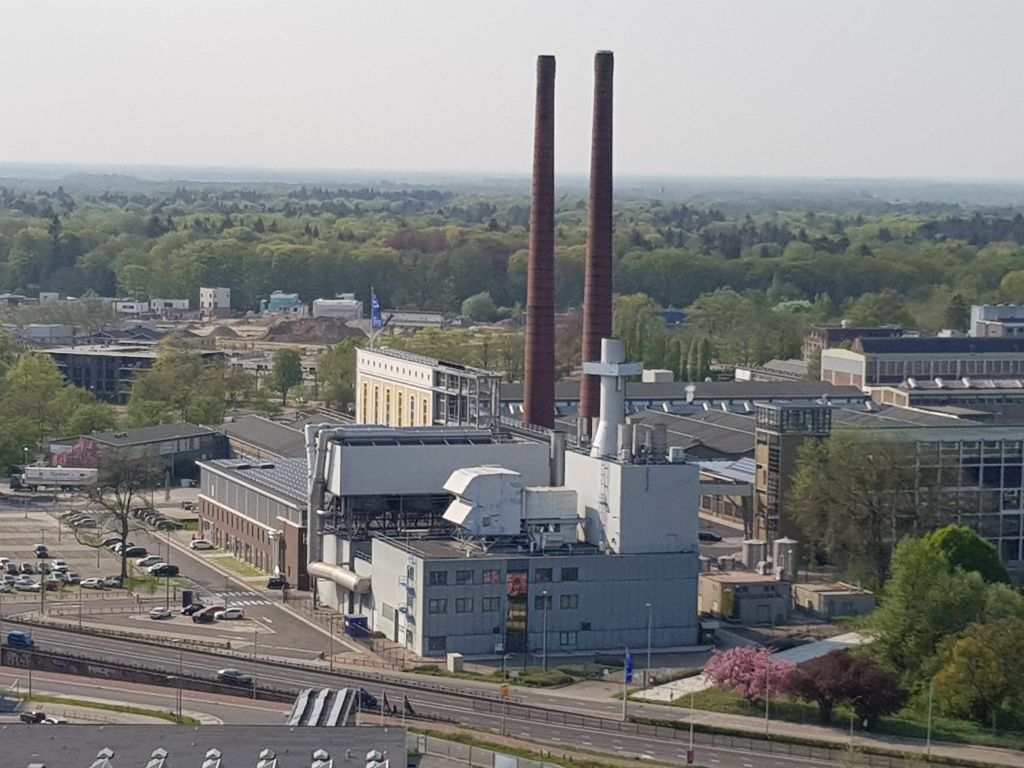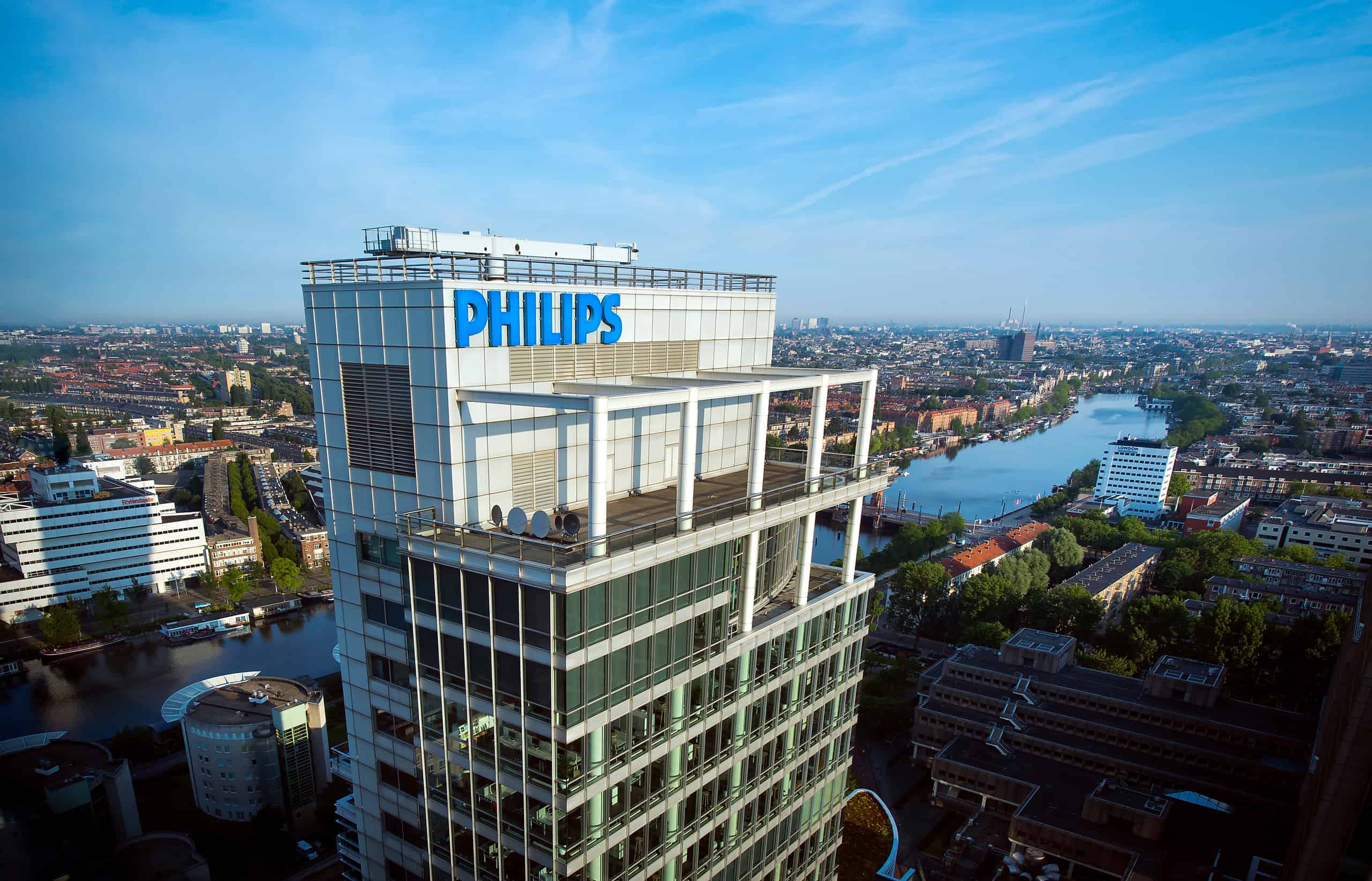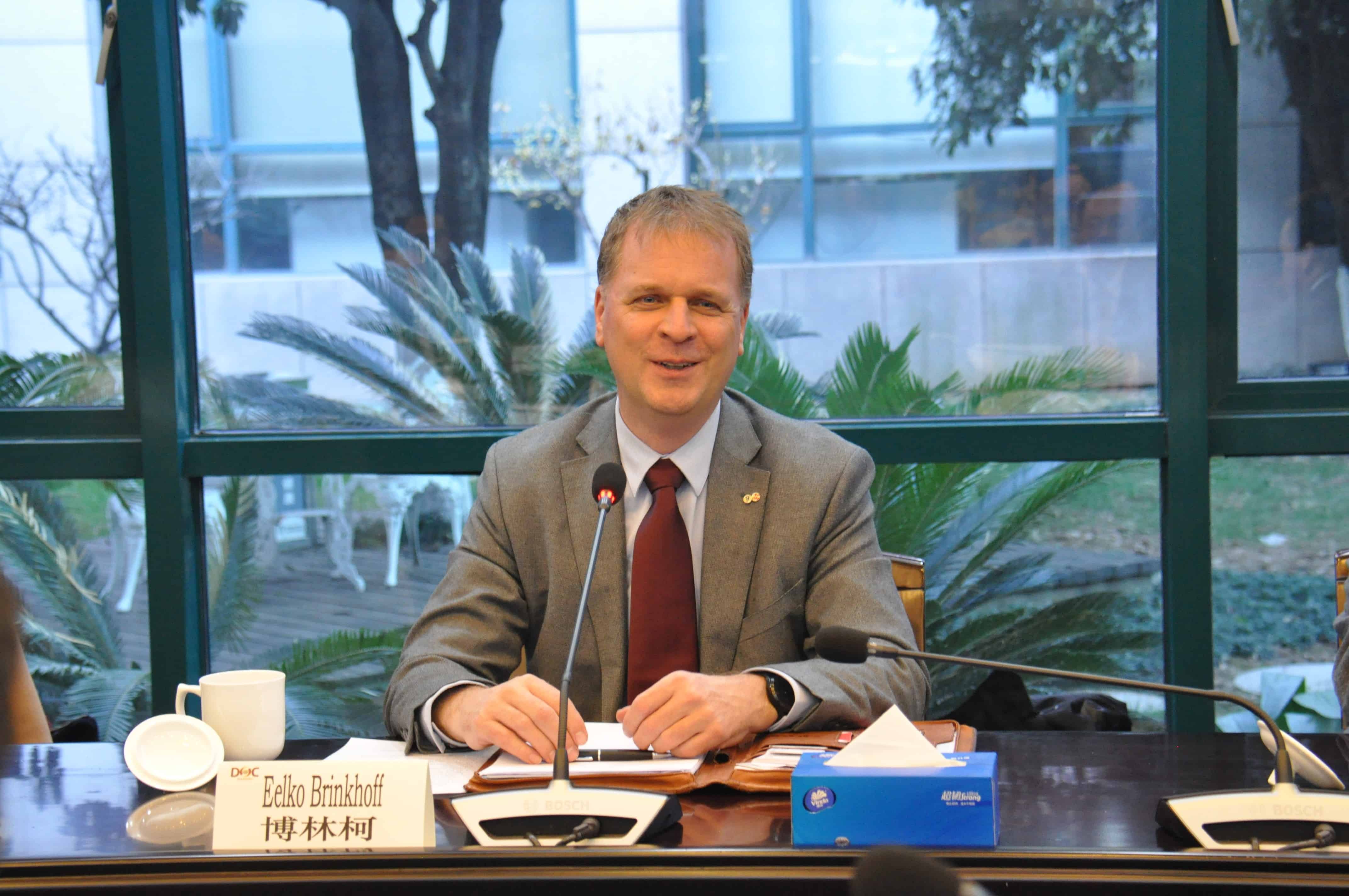
Thermo Fisher Scientific has enabled several Noble prizes with its high tech electron microscopes. With the acquisition of FEI in 2016 (for which it paid 4.2 billion dollars) and Phenom-World in 2018, Thermo Fisher strengthened its position as the world’s number one in the industry. Both FEI and Phenom-World are Philips-spinoffs from Eindhoven, so there’s a symbolic touch to the company’s decision to move its desktop microscope development to the iconic Innovation Powerhouse in the Eindhoven Strijp-T quarter, where FEI first started its development. This week the contracts were signed.
At the new location, Thermo Fisher will mainly focus on the further development of the table-top models of electron microscopes, which previously came from Phenom-World. These microscopes – ‘scanning electron microscopy solutions‘ or SEMs – are used in quality control and process control in the manufacturing industry and are sold all over the world with China as the largest market. The main supplier of the electronics in these microscopes is Sioux (also until a year ago the owner of Phenom-World); Frencken Mechatronics Europe and NTS are the suppliers of the subsystems and assembled end products.
Two years ago, VanBerlo Design was the first to move into the former power plant at Strijp-T. This was preceded by years of renovation.
Thermo Fisher Scientific has a turnover of more than $20 billion and approximately 65,000 employees worldwide. Last year, the company received the prestigious Edison Award 2018 for their electron microscope Krios G3i. As a tribute to the creators, Thermo Fisher brought the Edison Award directly from New York to the site where Krios is developed and produced: Eindhoven. Health scientists looking for better cancer treatment or Alzheimer’s use Krios systems to conduct their research.
Several researchers who worked with Thermo Fisher’s microscopes received Nobel prizes: in 2011 Dan Shechtman received the Nobel Prize for the discovery of quasicrystals and in 2017 Jacques Dubochet, Joachim Frank and Richard Henderson earned the Nobel Prize for their revolutionary method of visualising human protein molecules with cryo-electron microscopy.








